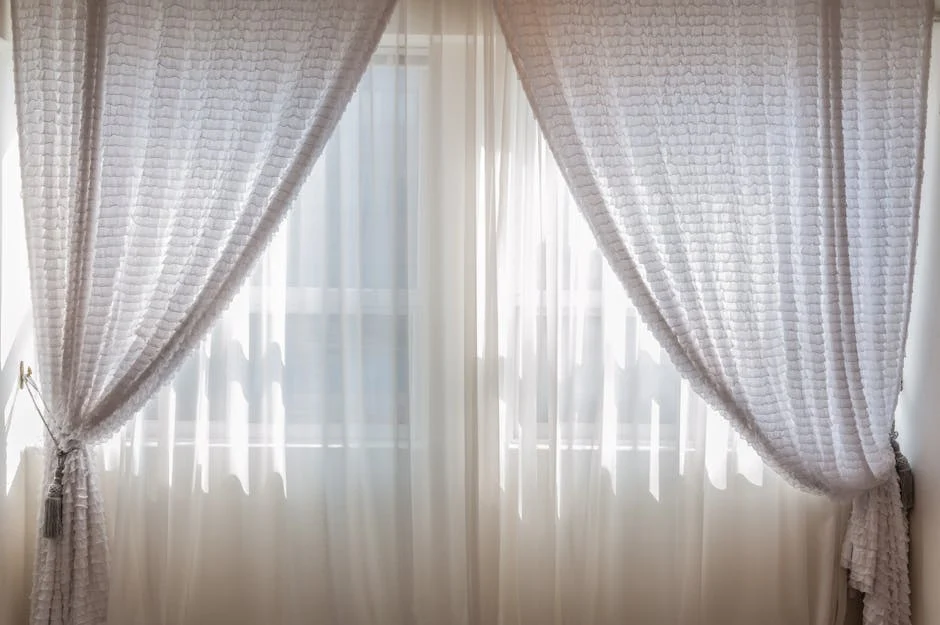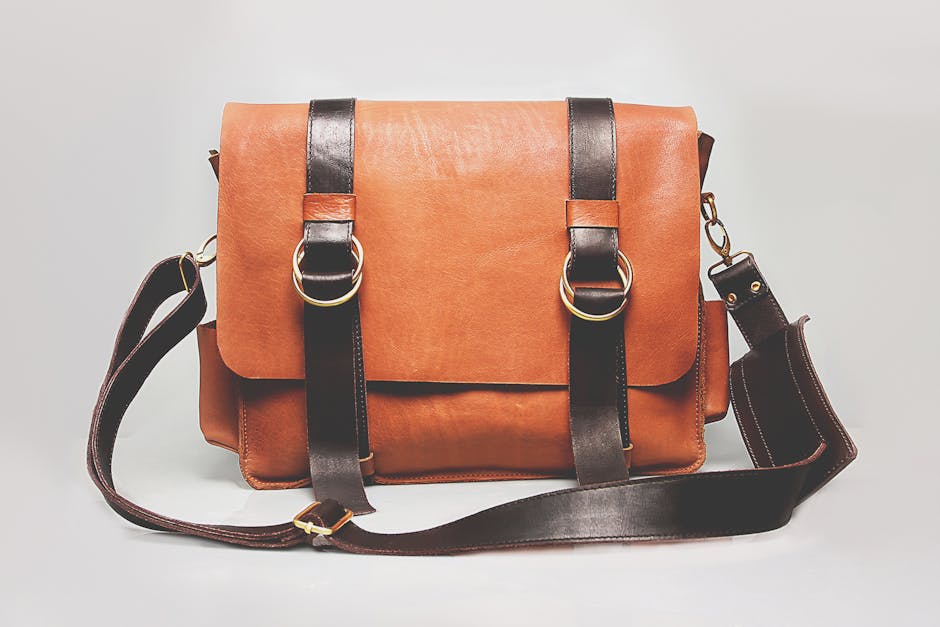Curtains
Introduction
Curtains are more than just window coverings; they’re essential elements that shape the aesthetic and functionality of any room. From controlling light and privacy to adding a touch of style and personality, choosing the right curtains can dramatically transform your living space. This comprehensive guide explores the various types of curtains, their benefits, and how to select the perfect ones for your home.
Main Sections
Types of Curtains
By Fabric
- Cotton: A versatile and affordable option, ideal for casual spaces.
- Linen: Offers a relaxed, natural look with beautiful drape.
- Silk: Adds a luxurious and elegant touch to any room. Requires careful cleaning.
- Velvet: Provides excellent insulation and sound absorption, perfect for bedrooms and living rooms.
- Polyester: A durable and wrinkle-resistant synthetic fabric, ideal for high-traffic areas.
- Blackout Fabrics: Dense, tightly woven fabrics designed to block out nearly all light, perfect for bedrooms and nurseries.
By Style
- Panel Curtains: Simple, individual panels that hang from a rod.
- Sheer Curtains: Lightweight and translucent, allowing light to filter through while providing some privacy.
- Valances: Decorative fabric toppers that add a touch of style to the window.
- Swags & Jabots: More formal and elaborate window treatments with draped fabric.
- Roman Shades: Fabric shades that fold up into pleats when raised.
- Roller Shades: Simple and functional shades that roll up onto a tube.
By Header Style
- Rod Pocket: A sewn-in pocket at the top of the curtain that slips onto the rod.
- Grommet: Metal or plastic rings inserted into the top of the curtain, allowing it to hang directly on the rod.
- Pleated: Curtains with structured pleats, such as pinch pleat, goblet pleat, or box pleat, for a more formal look.
- Tab Top: Fabric loops or tabs sewn along the top of the curtain that attach to the rod.
Benefits of Curtains
- Light Control: Adjust the amount of natural light entering a room.
- Privacy: Shield your home from prying eyes.
- Insulation: Help regulate room temperature by blocking drafts and sunlight.
- Sound Absorption: Reduce echo and noise levels in a room.
- Aesthetic Enhancement: Add color, texture, and style to your décor.
- Protection from UV Rays: Protect furniture and flooring from fading.
Choosing the Right Curtains
- Consider the Room: Determine the function of the room and the level of light and privacy needed.
- Choose the Fabric: Select a fabric that complements your décor and meets your functional requirements. Think about durability, cleaning needs, and light-blocking properties.
- Select the Style: Choose a style that matches your personal taste and the overall design of the room.
- Measure Accurately: Measure the width and length of the window to ensure proper fit. Account for desired fullness and drape.
- Choose the Right Hardware: Select curtain rods, brackets, and rings that complement your curtains and décor.
- Consider Color and Pattern: Choose colors and patterns that complement your existing décor and create the desired mood. Neutral colors are versatile, while bold patterns can add personality.
Conclusion
Selecting the right curtains is a crucial step in completing any room’s design. By understanding the different types, benefits, and considerations involved, you can choose curtains that not only enhance the aesthetic appeal of your home but also improve its functionality and comfort. From controlling light and privacy to adding a touch of style, curtains are a versatile and essential element for any living space. Don’t underestimate the power of a well-chosen curtain!














Post Comment